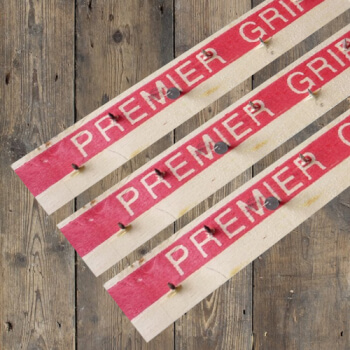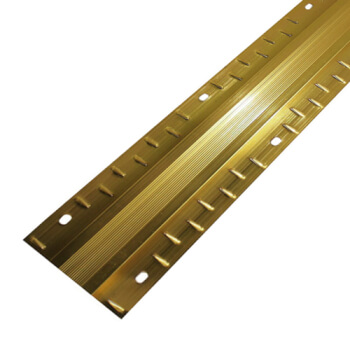Carpet and the Environment - The World At Your Feet
By Jim (01/08/2016)
Carpet is big business, and like all big businesses it has an environmental impact - thankfully with our modern understanding of science and technology several important steps have been made to lessen that impact!
Here’s some examples of a few things carpet companies have done to make the world a better place...
1. Dyeing But Not Deadly

Image: Westex Contract Range Graphic Binary Black Ebony © Designer Carpet Remnants
Westex Carpets, who produce an extraordinary amount of colours and dyes for their carpets (they even have a special dyeing service if you want a unique colour!) invested in their own state-of-the-art dye house which allows them complete control over their manufacturing process, including management of their waste products.
They are also working on reducing their carbon footprint by 10% year on year and achieved 0% waste-to-landfill in 2015. You can read all about this and more on their environmental policy here.
2. A New Style of Tile
In 2015, modular flooring company Interface created the ‘Microsfera’, the most eco-friendly carpet tile so far - the manufacturing process releases only a quarter of the CO2 emissions of any standard carpet tile, and is also made of recycled nylon.
In fact, Interface have a company-wide ‘Mission Zero’ goal to reduce their environmental impact across the board - you can read about it here.
3. Seagrass - A Diverse Ecosystem

Image Source: Ocean Health Index
We talked in a previous blog about seagrass and how, in its natural environment, it supports a huge and diverse ecosystem. A single ‘meadow’ of seagrass can provide homes and grazing for hundreds of species, so anyone with their environmental hat on will appreciate how important it is to harvest it sustainably.
Thankfully there are people already doing their bit - natural flooring experts Crucial Trading and Alternative Flooring are both approved companies on The Ethical Consumer (an independent, non-profit magazine) and source their seagrass from sustainable paddy fields in China and Vietnam.
You can find out more about the environmental threats to seagrass on Seagrass Watch.
A bonus fact for you - some Seagrass meadows can actually be seen from space!

4. Wool vs Manmade - One Last Point...
In our previous blog, Wool Vs Manmade Carpet, we looked at many important aspects of the argument, but not the issue of the environment!
So just how does wool stack up with manmade fibres in terms of ecological impact?
It’s a difficult problem to unpick, because there are so many factors at work, however when everything is taken into account the energy use on producing manmade fibres is actually far greater than with natural ones, even those like wool which require animals to be fed and looked after! You can find an excellent breakdown of the figures on this blog.
However, that doesn’t mean that all wool is equal - there is a still a carbon footprint to be considered, for example when transporting wool. The aforementioned Crucial Trading import wool from New Zealand (generally accepted to produce the finest wool for carpet) and have partnered with Wools of New Zealand for Laneve™; this scheme identifies products with a high standards of sustainability, ethics and transparency.
We also cited on our last blog that Brintons Carpets use only British Wool to minimise carbon footprint and have a comprehensive environemtal policy.
Image: WikiMedia By Kreuzschnabel - Own work, CC BY-SA
Green Label Plus

The world’s environment is one thing - but what about your home or office environment?
You may have heard in your travels round the internet about VOCs - Volatile Organic Compounds. These are carbon-based chemicals which have a very low boiling point, meaning they evaporate at room temperature and hang around in the air - not very good for your lungs!
VOCs in carpet usually come from the adhesive which connects the pile to the backing - examples which have been found in the past include 1,2 Dichloroethane commonly used in polyvinyl chloride (PVC), Ethylbenzene and Toulene
There is more in-depth information on this page.
The risks of inhalation and general ‘Indoor Air Quality’ are taken very seriously by the Carpet and Rug institute of Dalton, Georgia USA, who created the ‘Green Label’ and later ‘Green Label Plus’ scheme to help support manufacturers with low VOC emissions and encourage others to do the same!
You can read all about the scheme here - if you’re based in the US, it might be useful when buying your next carpet!
Image: ©Carpet and Rug Institute
Well, we hope that got you thinking! There is obviously a lot of work still to be done in every field of manufacture to make sure we protect our planet, but there are companies leading the way and we’re proud to supply from them.
Until next time, stay green!
Enter your required size for our most accurate pricing and availability.










